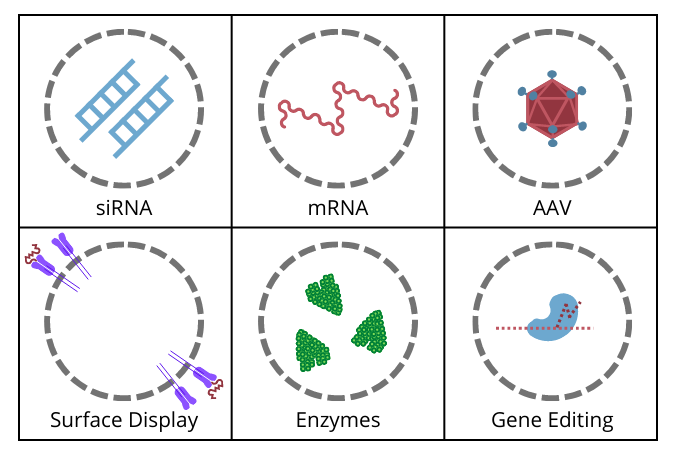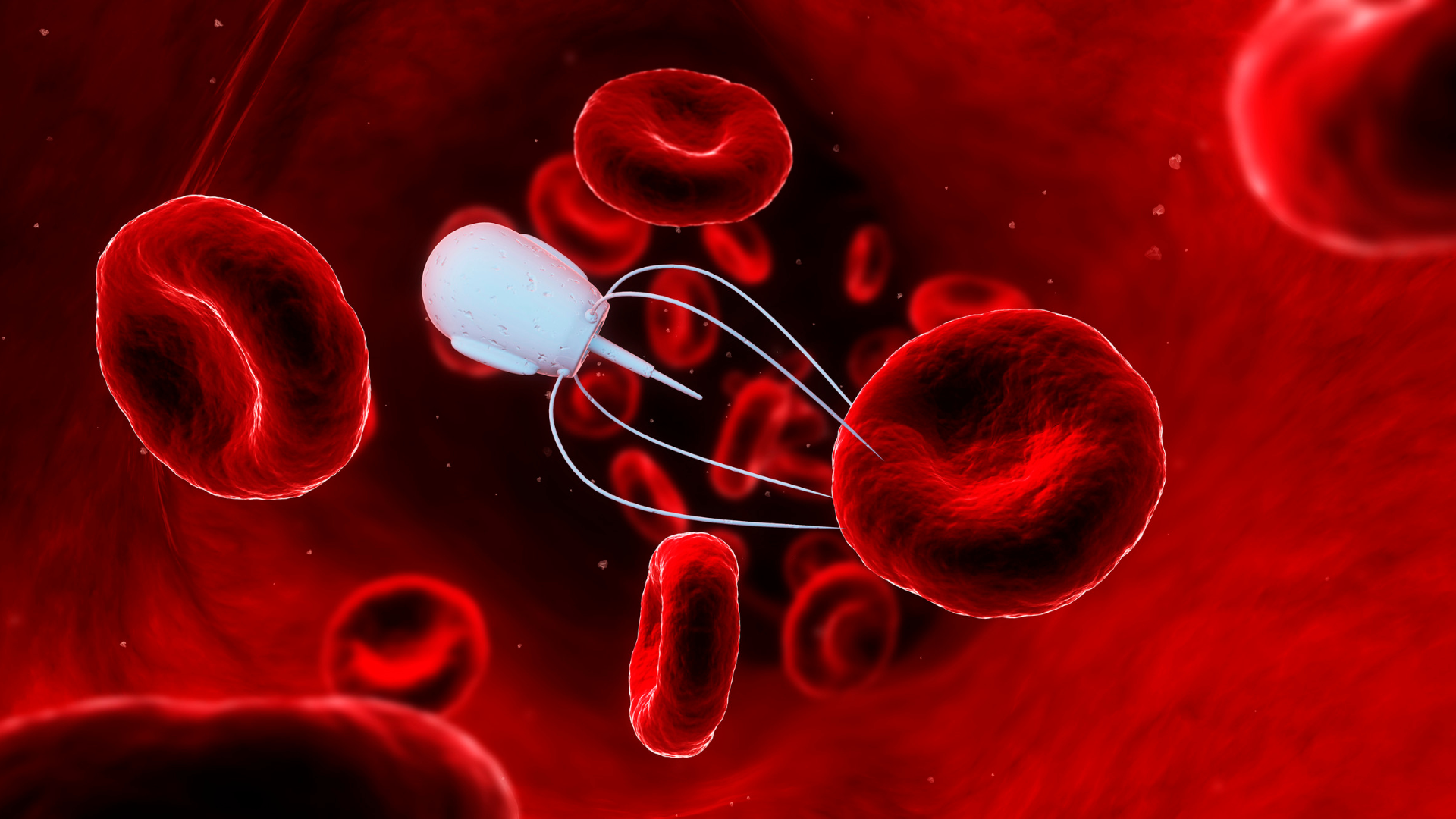Exploring Ways of Crossing the Blood-Brain Barrier

Passing through the tight junctions of the blood-brain barrier (BBB) remains one of the most complicated areas in drug delivery, due to the labyrinthine factors that keep molecules out of the brain. Lipid solubility, pH and charge, efflux transporters, protein binding, and regional blood flow all play a role in dictating which molecules stay in, and which stay out of the brain.
Drugs that target the brain are vitally important, as there are so many neurodegenerative diseases with a lack of effective treatments – such as Alzheimer’s and Parkinson’s disease. The problem is that drugs that have attempted to target the CNS usually fail, getting degraded by enzymes in the blood, or losing their active effects while making the crossing.
Prodrugs for CNS Targeting
A key problem with delivering drugs to the CNS is the careful balance that needs to be struck between lipophilicity and hydrophilicity. One way that researchers think that they can tackle this problem is to ‘disguise’ active molecules as lipophilic in order to ‘sneak’ through the BBB.
Prodrugs – compounds which exhibit lower activity against a specific pharmacological target - utilise lipophilic elements that are added to the drug molecule. This allows those molecules to mimic lipid solubility of drugs that can cross the BBB. However, adding these elements will deactivate the drug, so once through the BBB, enzyme degradation can then revert the drug back to its active state in order to deliver the molecule to its target site.
But the use of disguises to cross into the CNS is neither easy nor infallible. Drawbacks include the fact that adding lipophilic elements to the drug may make the size of the molecule too large to cross the BBB at all. Even if it does succeed, there is a high chance that the drug will simply pass back into the blood without delivering its active cargo.
Exosome Delivery Across the BBB
Another proposed method of crossing the infamously unstable bridge into the brain is to use extracellular vesicles, or exosomes. Exosomes are small envelopes, naturally occurring in the body, which can package various molecules such as proteins and RNA.
Professor Matthew Wood’s research team at the University of Oxford says that exosomes have the ability to cross the BBB due to their small size, which would make them helpful tools for drug delivery. This led to the founding of Evox Therapeutics, a company currently investigating the power of the exosome to deliver a variety of therapeutic modalities.

Exosomes are particularly inviting for the BBB as they are the body’s own mechanism of communication and delivery. Therefore, using exosomes to deliver therapeutics could not only open up targets to treat rare and once undruggable diseases, but do so safely with no toxic effect.
Crossing the Blood-Brain Barrier Using Nanoparticles
Perhaps the most promising delivery method for CNS-targeting drugs is to encase the drug compound in a nanoparticle, which can transport it across the BBB. Nanoparticles are small particles around 1 to 100 nanometres in size.
Nanoparticles using human serum albumin (HSA) are well tolerated, have low toxicity, and travel well across the BBB when carrying drugs, making them an ideal delivery mechanism for delivering drugs to the brain. Patients with brain cancer express albumin binding proteins on their BBB and tumour cells which makes the HSA-type the most promising polymeric nanoparticle for targeting brain cancers.
- “Teaching Old Drugs New Tricks”: Repurposing Therapies Using Nanoparticle Delivery
- Realising The Potential of Nanomedicine – Formulation & Delivery Approaches
Preclinical studies have already shown that encapsulating chemotherapeutic agents such as paclitaxel and fenretinide in HSA nanoparticles can be successful in the treatment of glioma. The study modified the particles with low weight molecular protamine (LWMP), a cell penetrating peptide that was able to enhance crossing of the BBB, intratumoural infiltration, and cellular uptake [1].
Research has pointed towards nanoparticles – particularly HSA polymeric nanoparticles – as the CNS delivery method of the future. With further research into innovative ways in which to cross the BBB, the hope is that indications such as brain cancer and neurodegenerative diseases will be more druggable and less enigmatic.
Join leaders, experts, and researchers at Formulation & Delivery US: In-Person, connecting global pharma, biotech, and academia for high-level discussions on the latest innovations for biopharmaceutical development.
We will also be hosting our Blood-Brain Barrier Symposium in April 2023. To be the first to know more about this cutting-edge conference, sign up for our Formulation newsletter where you will also receive content highlights and upcoming events each month.






